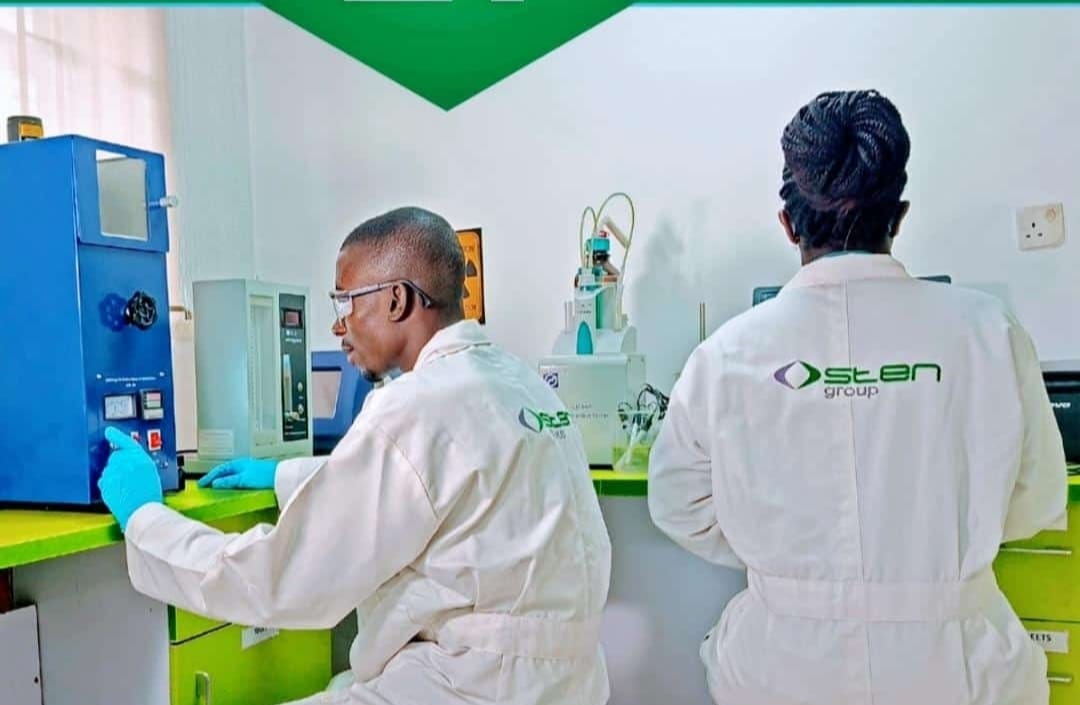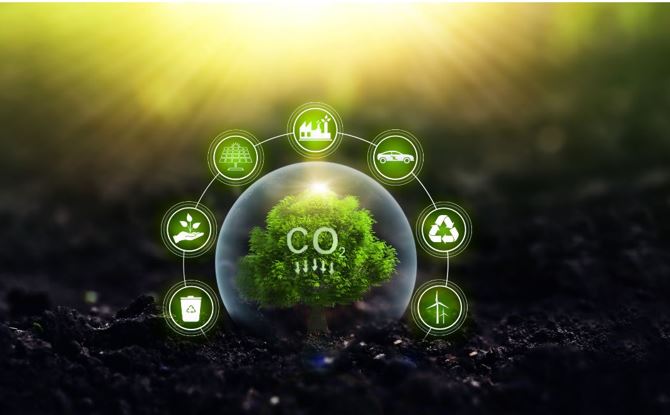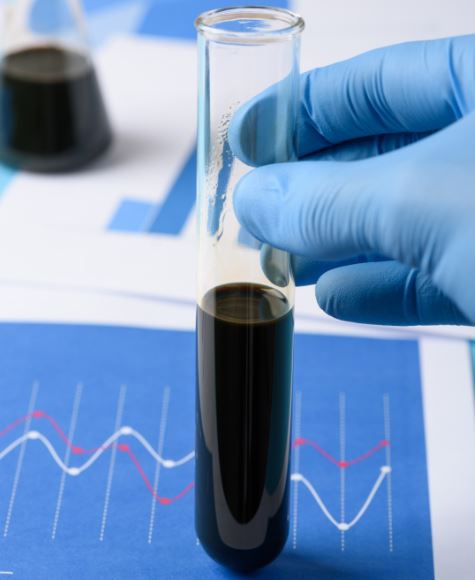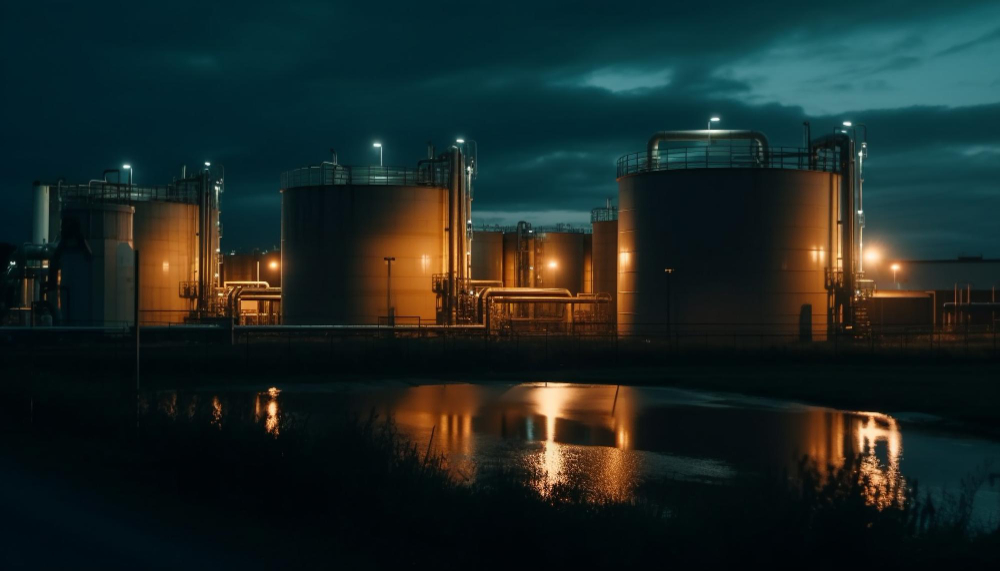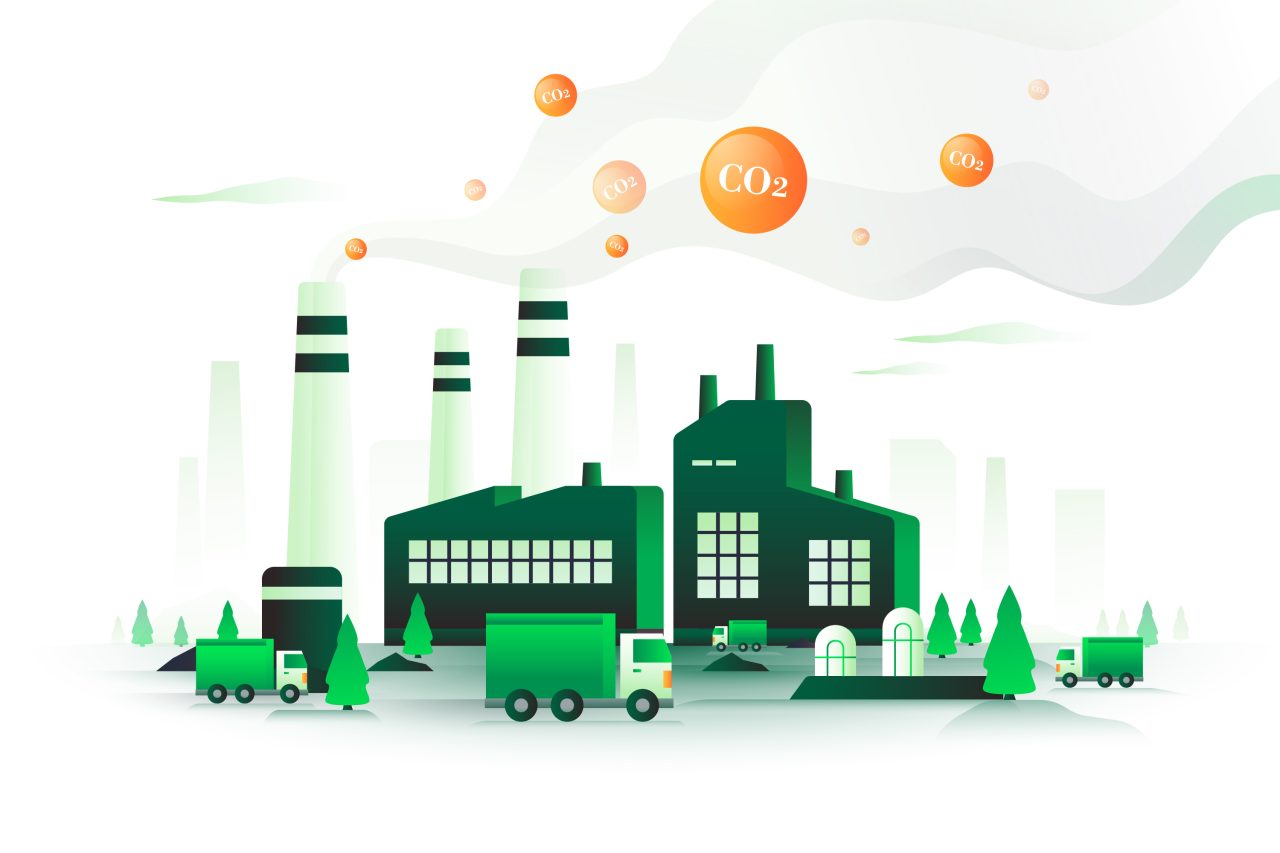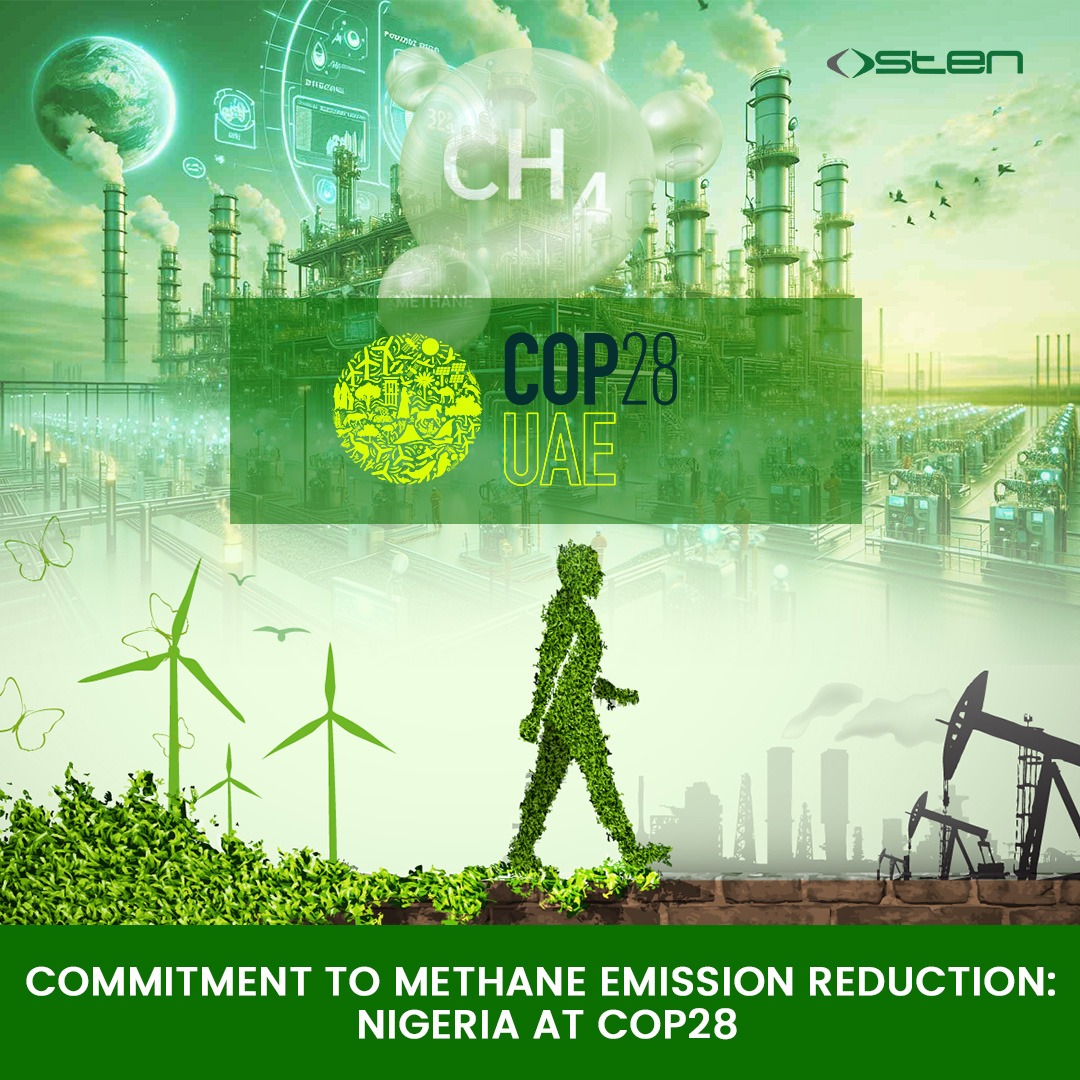In the realm of scientific innovation and research, laboratory outsourcing has emerged as a strategic avenue for organizations to optimize resources, enhance efficiency, and drive progress. From design and installation to management and commercialization, this comprehensive approach to laboratory outsourcing offers a tailored solution to meet the diverse needs of scientific endeavors. The different aspects of laboratory outsourcing include:
1. Design and Installation
Customized Laboratory Design: The journey begins with a meticulous understanding of the client’s objectives, workflows, and regulatory requirements. Our team of experts collaborates closely to design laboratory spaces that are not just functional but optimized for productivity, safety, and future scalability.
Resource Optimization: Laboratory outsourcing offers a cost-effective alternative to in-house operations by minimizing the need for capital investment in infrastructure, equipment, and personnel. Clients can leverage external expertise and facilities on an as-needed basis, reducing overhead costs and maximizing flexibility.
State-of-the-Art Equipment Procurement: Leveraging our extensive network of industry partners, we ensure the selection and installation of cutting-edge laboratory equipment and instrumentation. From basic tools to advanced technologies, every component is chosen to align seamlessly with the laboratory’s goals and operations.
Compliance and Safety Assurance: Adherence to regulatory standards and safety protocols is paramount. Our design and installation processes are guided by strict compliance measures, ensuring that the laboratory environment meets or exceeds industry regulations and promotes a culture of safety and responsibility.
2. Laboratory Management
Efficient Facility Operations: Once the laboratory is operational, our focus shifts to comprehensive management services. From equipment maintenance to inventory control, our dedicated team ensures that every aspect of laboratory operations runs smoothly, allowing researchers to concentrate fully on their scientific endeavors.
Cost Efficiency: Cost-effective management is key to sustainable laboratory operations. By optimizing resource utilization, minimizing wastage, and leveraging economies of scale, we help clients achieve significant cost savings without compromising on quality or productivity. ·
Quality Control and Assurance: Maintaining the integrity and reliability of laboratory data is non-negotiable. Through robust quality assurance protocols and regular audits, we uphold the highest standards of accuracy, consistency, and compliance with regulatory requirements, instilling confidence in the validity of research outcomes.
Personnel Training and Development: People are at the heart of laboratory operations. Our tailored training programs empower laboratory staff with the skills and knowledge necessary to operate equipment efficiently, adhere to protocols rigorously, and contribute effectively to the organization’s scientific mission.
Risk Mitigation: Outsourcing allows organizations to mitigate financial risks associated with laboratory operations, such as equipment depreciation, regulatory compliance costs, and overhead expenses. With predictable pricing models and transparent cost structures, clients can better manage budgetary constraints and fluctuations.
3. Laboratory Commercialization
Market Analysis and Strategy Formulation: Beyond laboratory operations, we assist clients in navigating the complex landscape of commercialization. Through market analysis and strategic planning, we identify opportunities to leverage laboratory technologies and services, guiding clients towards lucrative pathways for revenue generation and market expansion.
Intellectual Property Management: Protecting and capitalizing on intellectual property assets is paramount in today’s competitive environment. We offer expertise in patent analysis, licensing agreements, and technology transfer support, enabling clients to safeguard their innovations and maximize their commercial potential.
Economies of Scale: By pooling resources and sharing infrastructure with multiple clients, outsourcing providers can achieve economies of scale, driving down costs and offering competitive pricing for laboratory services.
Partnership Facilitation and Collaboration: Collaboration is key to unlocking new opportunities and accelerating growth. Leveraging our extensive network of industry contacts and collaborative partnerships, we facilitate strategic alliances that drive innovation, market access, and business development, positioning our clients for success in the global marketplace.
Conclusion At Osten Limited, we are at the forefront of laboratory outsourcing, offering a diverse range of services tailored to meet the evolving needs of the scientific community. With a strategic focus spanning laboratory design and installation to comprehensive laboratory management and commercialization, we are committed to empowering our clients with cutting-edge solutions that drive efficiency, quality, and innovation in scientific research and development.
Explore the future of scientific innovation with Osten Limited! Whether you’re seeking customized laboratory design, efficient management solutions, or strategic commercialization support, our comprehensive outsourcing services are designed to elevate your scientific endeavors.
Contact us today to unlock the full potential of your research:

